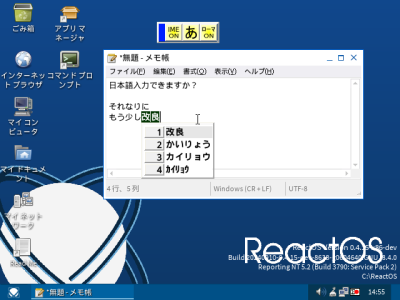We use ARM devices in everything from our microcontroller projects to our laptops, and many of us are aware of the architecture’s humble beginnings in a 1980s Acorn Archimedes computer. ARM processors are not the only survivor from the Archimedes though, its operating system has made it through the decades as well.
RISC OS is a general purpose desktop operating system for ARM platforms that remains useful in 2025, as well as extremely accessible due to a Raspberry Pi port. No software can stand still though, and if RISC OS is to remain relevant it must move with the times. Thus RISC OS Open, the company behind its development, have launched what they call a Moonshots Initiative, moving the OS away from incremental development towards much bolder steps. This is necessary in order for it to support the next generation of ARM architectures.
We like RISC OS here at Hackaday and have kept up to date with its recent developments, but even we as fans can see that it is in part a little dated. From the point of view of RISC OS Open though, they identify support for 64-bit platforms as their highest priority, and to that end they’re looking for developers, funding partners, and community advocates. If that’s you, get in touch with them!



















